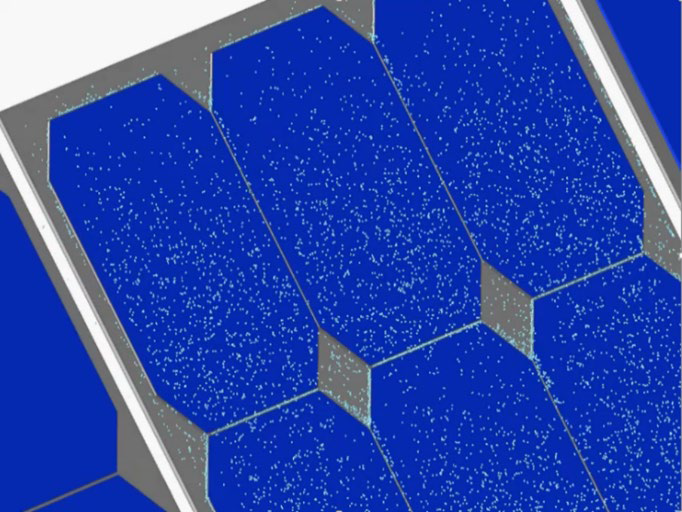MotionPort Participates in Regional Symposium for Research, Innovation and Creativity
Dixie State University and the Undergraduate Research Office in St. George, UT hosted the third annual Regional Symposium for Research, Innovation, and Creativity, in April 2019.
This Symposium is a forum to present cutting-edge research, innovation and creative projects in various formats, including talks, posters, performances, and displays. Students, faculty, staff, and members of the Southern Utah community were invited to submit abstracts and participate in this event.
Brant Ross, from MotionPort, participated again in this year’s symposium with his presentation:
Simulation of Dust Accumulation and Removal on Martian Solar Arrays
 This presentation was based on MotionPort’s most recent NASA Small Business Innovation and Research (SBIR) Phase I submission on the effects of dust accumulation on solar panel arrays located on Mars and simulations of possible solutions.
This presentation was based on MotionPort’s most recent NASA Small Business Innovation and Research (SBIR) Phase I submission on the effects of dust accumulation on solar panel arrays located on Mars and simulations of possible solutions.
Dust accumulation is a serious design risk for sustained solar power on Mars because dust accumulation reduces the power output of solar arrays over time. It is essential that dust removal solutions are thoroughly tested to ensure sustained power for the mission duration. MotionPort developed processes and best practices to simulate dust accumulation and removal.
The model simulated was based upon the Compacting Telescoping Surface Array (CTSA) concept. This concept was modeled in RecurDyn and retains the degrees of freedom relevant to dust removal. Three dust abatement/removal strategies were tested in this Phase I SBIR project.
First, dust accumulation was tested at various constant tilt angles. During this time, the correct simulation settings and dust particle characteristics were identified.
Second, the effect of an environmental wind on dust removal was identified.
Third, a simple tilt/shake mechanism was designed and tested to show the effect of amplitude and frequency of vibration on dust removal.
The NASA reviewers were very impressed with MotionPort’s research results, saying that they “had never seen such simulation capabilities before.”
MotionPort is pleased to continue its support of local resources for Design, Engineering and Manufacturing both in the school systems and in the surrounding community.
